andrey semenov
... and potentially dangerous (1984)*
«It seems that of the enemy one cannot do without. The figure of the enemy cannot be abolished by civilisation. The need is also inherent to the mild man and friend of peace. In these cases it simply moves the image of the enemy from a human subject to a natural or social force that threatens us in some way and it must be won, be it capitalist exploitation, environmental pollution, hunger in the Third World»**
Umberto Eco
«For your protection». It is the writing that Alan Moore controversially made dominate, already in 1988, under a surveillance camera in the second and third cartoon of the first comic strip of V for Vendetta. (1) Moore’s London, or even more the Orwellian dystopian world of 1984
(2), have today become the reality that we face daily. Surveillance cameras, cell phones, computers, GPS navigation systems, debit cards, are all tools with which contemporary technology makes our life easier, but that at any time can become instruments of control under the auspices of a security guarantee increasingly yearned for by modern man.
If the absence of certainties is partly innate to man, one must not forget that in the right hands this peculiarity transforms with extreme ease in control tools of the social structures on which it engages. An individual integrated in modern society, taken individually, is almost never able to discern with full knowledge from where come the threats from which he feels surrounded. Even when they try to locate its origins, they have a good chance of obtaining from the inquiry only a sense of resignation when not of downright desperation of the impossibility, as an individual, to reach useful results.
(3)
Besides, in this very pangea
of uncertainties and threats, real or presumed that they are, the political power sinks its claws, very adept at manipulating to their advantage the blows of fate. If it is true that according to Bauman in the face of great events individual action has little or no chance of success in the search for control and stability, it is quite easy for a structured political system to do in the world because the deepest anxieties are channelled in the concern for personal safety. On the other hand, «The local state powers can always be used to close the borders to migrants, to tighten rules on the right of asylum, to stop and expel unwanted foreigners suspected of possessing odious and reprehensible inclinations. They can flex their muscles fighting criminals, being "inflexible in the fight against crime",
build more prisons, send more police officers on active duty, making the pardon of the condemned more difficult, and even to meet the people’s feelings by following the rule: "once a criminal, always a criminal"». (4)
Someone might argue that these things Bauman wrote before 11th September 2001 and of all the most recent events related to international Islamic terrorism. In reality, however, the structure of Bauman’s reasoning comes superficially affected by the overlap of these events. They have in fact intensified what I might define as a kind of... latent social dysphoria,
but this only marginally concerns the process itself. So on the one hand it is true that in situations like the present the excuses to give a boost to the controls and fill the sensitive objectives of police and military are easy to metabolise the public opinion. On the other hand, however, it is equally true that to believe in the real efficacy of these measures toward the terrorist threat, it definitely appears as an excess of naivety. The advantage for those who hold the power is not primarily identifiable in the effective prevention made of the threats, but rather the reassuring message that those parts of the population less accustomed to a lucid reasoning acknowledge, demonstrating very simply to be recruited in an operation of involvement at the power of the masses.
At the same time the construction of the enemy represents, in a political perspective, an extraordinary factor of aggregation to oppose the threat that comes from outside. The enemy by its very definition is alien. It is recognized because it denies the fundamental traits of the value structure, which confirms their belonging to the group. The enemy has a different colour skin. The enemy believes in a different God. The enemy speaks another language, or is a traitor who has sold himself. The enemy exists by virtue of otherness. The same that makes us judge ourselves as defenders of Good as opposed to the holders of inhumanity,
exception deviated and deviant of the real. The reality, however, is not so straightforward. The enemy has not necessarily the appearance of the monster. We remember Arendt talking about Adolf Eichmann (5) or Bauman referring to the violence practiced by good American boys at Abu Ghraib (6). But to deny the existence of
ogres alien to our socio-cultural context means to remain defenceless in the face of threats.
If the enemy is not necessarily monstrous in reality it is necessary that to protect us operationally are people in charge that do not pose the problem to critically analyse the information that reality puts in front of them. They must be willing to apply the orders received with an appropriate dose of obtuseness, following them uncritically. And it is within this context that these images are born. In themselves they represent only the control emplacement with monitors that reveal the contents of baggage of some subway passengers. For the record the images were taken in Moscow, but in reality this fact is purely contingent and conceptually irrelevant. We could be in any city in the world, which has an underground train. The x-ray control of the baggage is entrusted to members of the law enforcement. They are required to play the role assigned in an uncritical way and proceed as established by their superiors. They must comply with codes of conduct, which require them to repeat the same questions. They must find out who is potentially dangerous. Even when they speak to a person like the author of this photographic project, by now to them well known. Even when the evidence of the actions of the person being checked ends up in unintentional comedy dialogues.
«What are you doing?»
«I'm photographing».
«Why?»
«For what reason do you think I’m doing it?»
«Because you are a terrorist and you're preparing an attack».
«In the months in which I photographed – says Andrey Semenov – and in previous years in which I merely limited myself to observe the screens of the scanners (I see them every time I go on the subway several times a day), I have never seen anything dangerous inside the baggage: neither guns, nor knives, nor bombs, nor pepper spray, nor brass knuckles or anything similar. Nothing. Ever». It is not important that checks result positive or negative. What matters is that somebody does them, and that it is clearly visible. The same can be said of the military present at the subway stations in Rome and the possible targets
of major Italian cities. Their effectiveness in the unlikely event that an attack was carried out has to be demonstrated, hoping that it is never necessary. Their role, however, is two-fold and only apparently contradictory. On the one hand with their presence they feed in continuation that high level of tension that facilitates the control of the masses by the power. On the other, always by virtue of their being in plain sight, it is carrying out that function of reassurance that stabilises the balance of the emotions of the individual. Basically just do not forget that, in the words of Umberto Eco, «Having an enemy is important not only to define our identity, but also to procure an obstacle, to measure our value system and show, in confronting him, our value». (7)
The images that accompany this portfolio should make us reflect on our own (in)ability to escape the manipulation to which we are exposed, and we consign on a daily basis without defence or, worse, in the belief that this is in our interest. Difficult mechanisms tested and refined by technologies over the centuries can be eradicated from the human soul, but let us never forget so that the dystopia comes true, it is not necessary to get to the point of having to read on the facade of the Ministry of Truth:
WAR IS PEACE
FREEDOM IS SLAVERY
IGNORANCE IS STRENGTH (8)
[
Sandro Iovine ]
--------------------------------------------
(*) -
The project
... and potentially dangerous (1984) by Andrey Semenov was selected during the Portfolio Reviews in Kaunas, Lithuania, on Thursday 8th September, 2016, as part of Kaunas Photo.
(**) - Umberto Eco, Costruire il nemico e altri scritti occasionali, Bompiani, Milan, 2011; p. 31.
(1) - Alan Moore e David Lloyd, V for Vendetta, Rizzoli, Milan, 2006; p. 15.
(2)
- «The telescreen received and transmitted simultaneously. Any sound
that Winston made, above the level of a very low whisper, would be
picked up by it; moreover, so long as he remained within the field of
vision which the metal plaque commanded, he could be seen as well as
heard. There was of course no way of knowing whether you were being
watched at any given moment. How often, or on what system, the Thought
Police plugged in on any individual wire was guesswork. It was even
conceivable that they watched everybody all the time. But at any rate
they could plug in your wire whenever they wanted to. You had to live –
did live, from habit that became instinct – in the assumption that every
sound you made was overheard, and, except in darkness, every movement
scrutinized». George Orwell,
Nineteen Eighty-Four,
Penguin Books, London, 1989; p. 4.
(3) - see Zygmunt Bauman, La solitudine del cittadino globale, Feltrinelli, Milan, 2015; p. 55.
(4) - Ibidem; p. 58.
(5)
- «But half a dozen psychiatrists had declared him "normal", and one of these, it is said, had even exclaimed: "More normal than I am after I examined him", while another had found that all his psychology, his whole knockdown towards his wife and children, toward his mother, his father, his brothers, the stars and his friends was "not only normal but ideal"; and finally also the chaplain who regularly visited in prison after the Supreme Court had finished discussing the appeal assured everyone that Eichmann had "more than ever positive ideas"». Hannah Arendt,
La banalità del male. Eichmann a Gerusalemme, Feltrinelli, Milan, 2007; pp. 33-34.
(6) - see Zygmunt Bauman, Le sorgenti del male, Erikson, Trento, 2013; pp. 51, 58.
(7) - Umberto Eco, op. cit.; p. 10.
(8) - George Orwell, op. cit.; pp. 6, 18, 29, 107.

 home
cover ▼
opinions
news ▼
portfolio
post.it
post.cast
video
ongoing
thematicpaths
googlecards
FPtag
home
cover ▼
opinions
news ▼
portfolio
post.it
post.cast
video
ongoing
thematicpaths
googlecards
FPtag

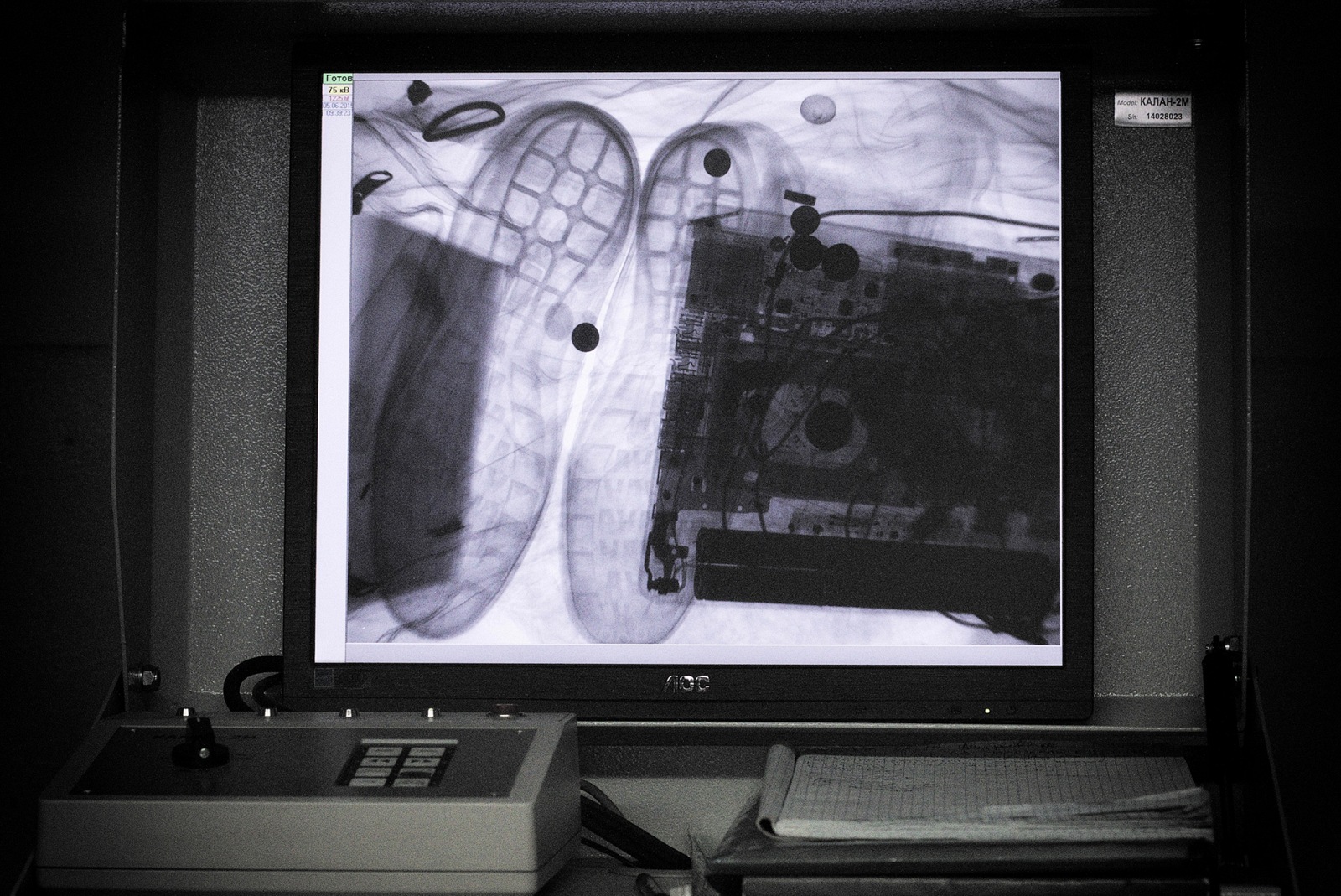
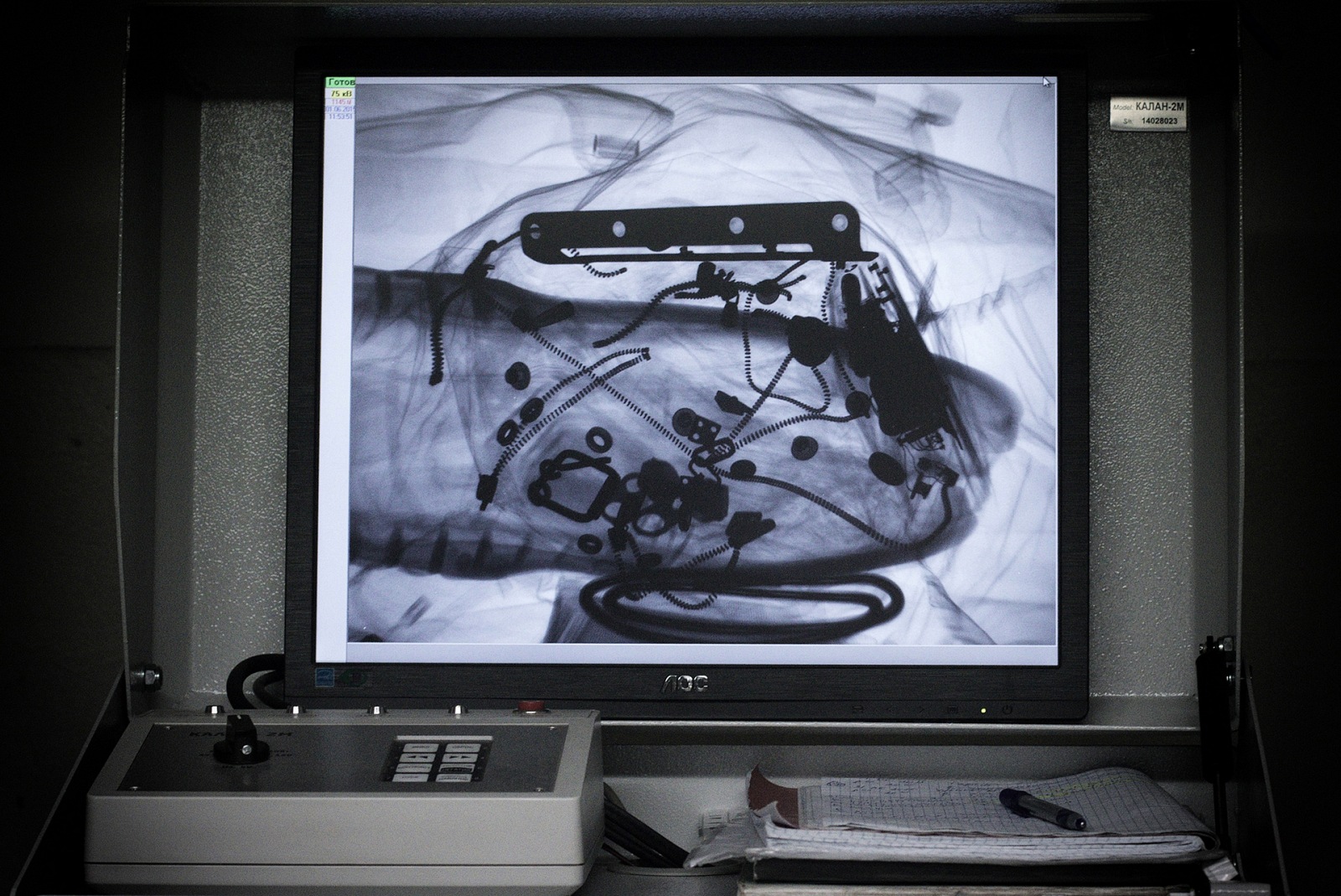
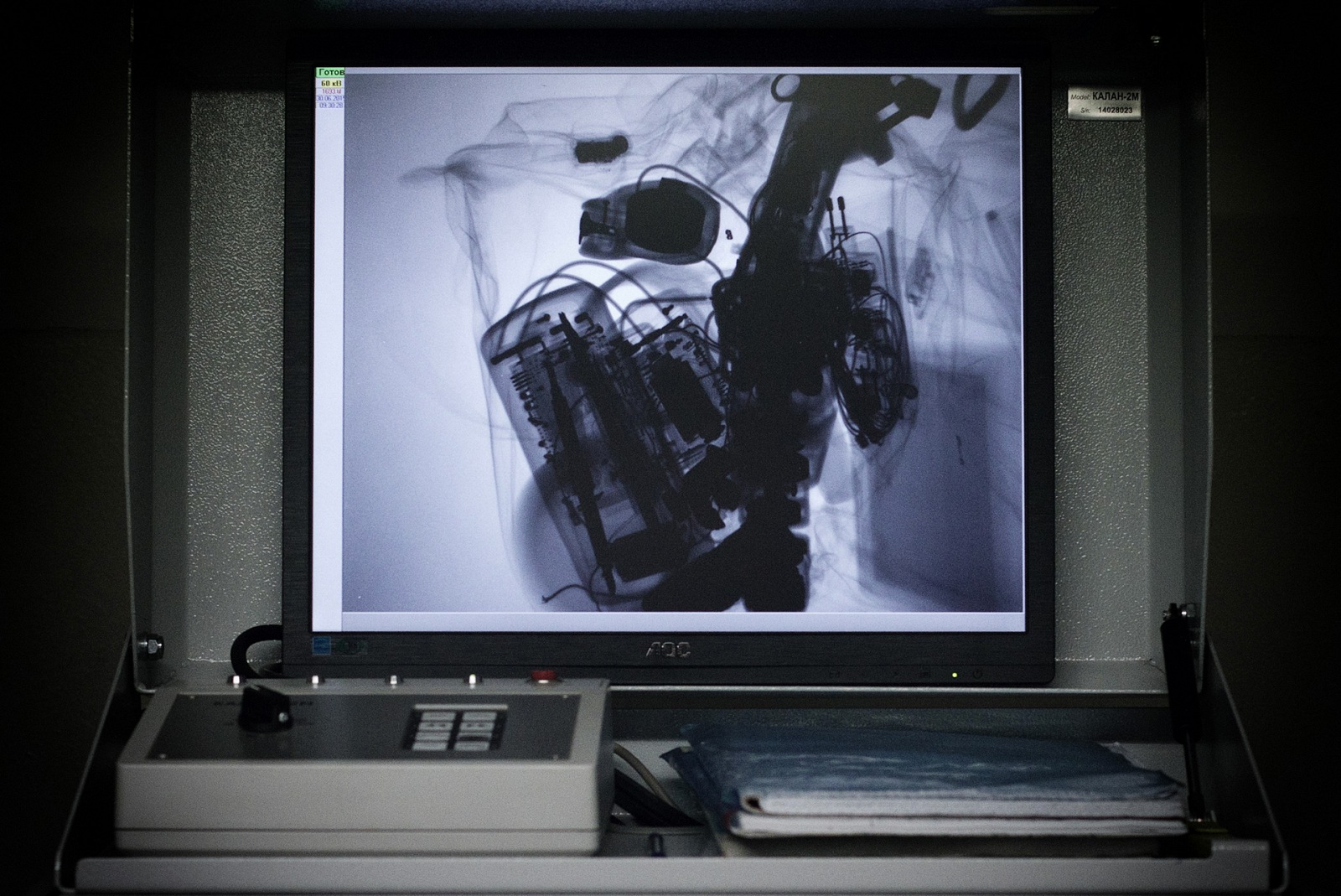

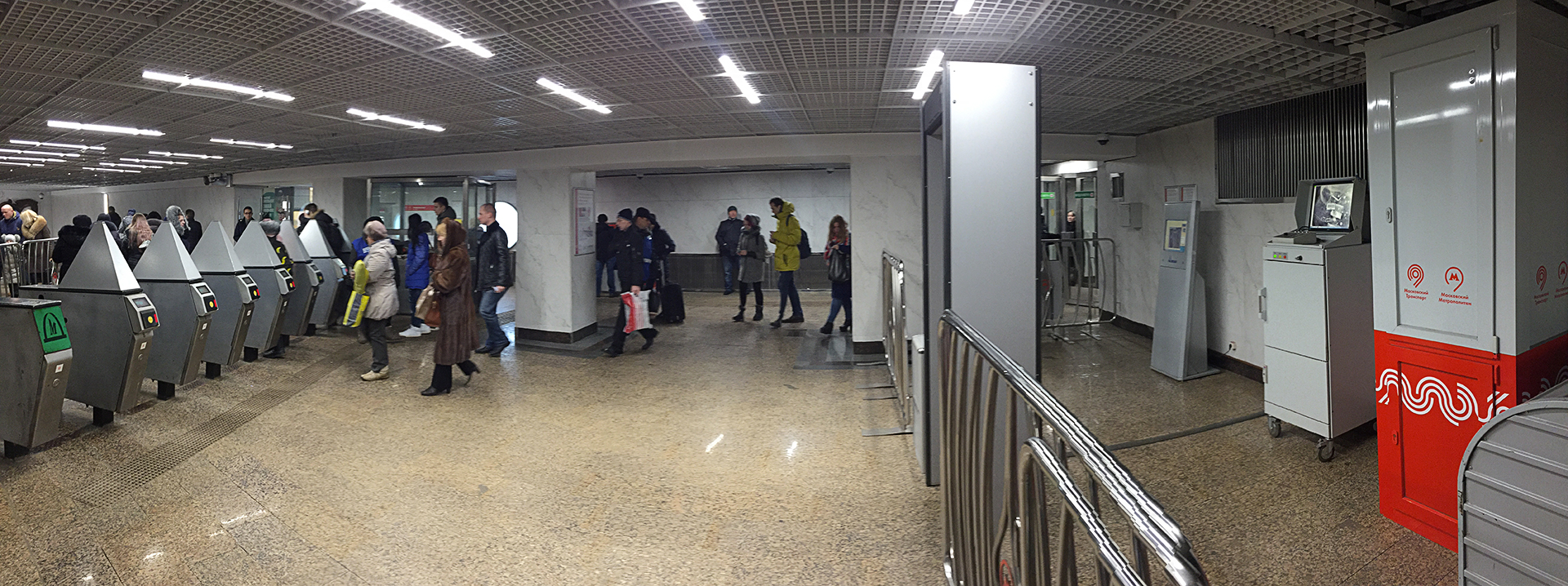
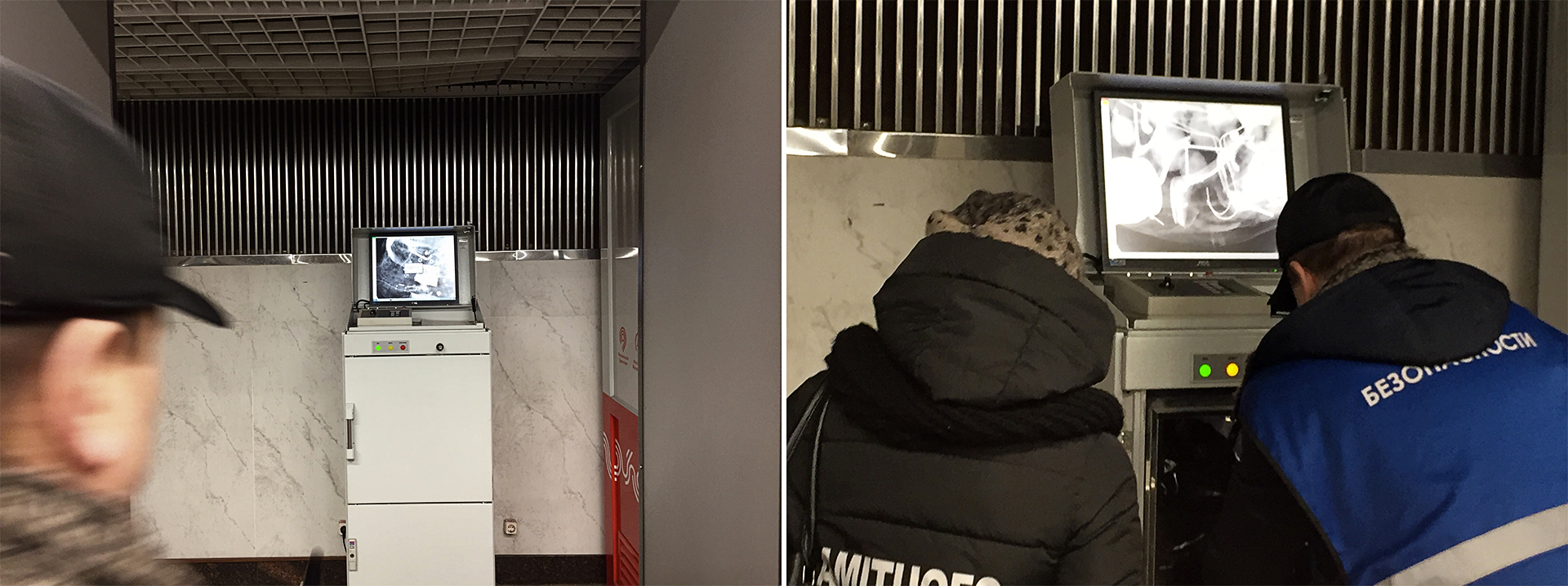

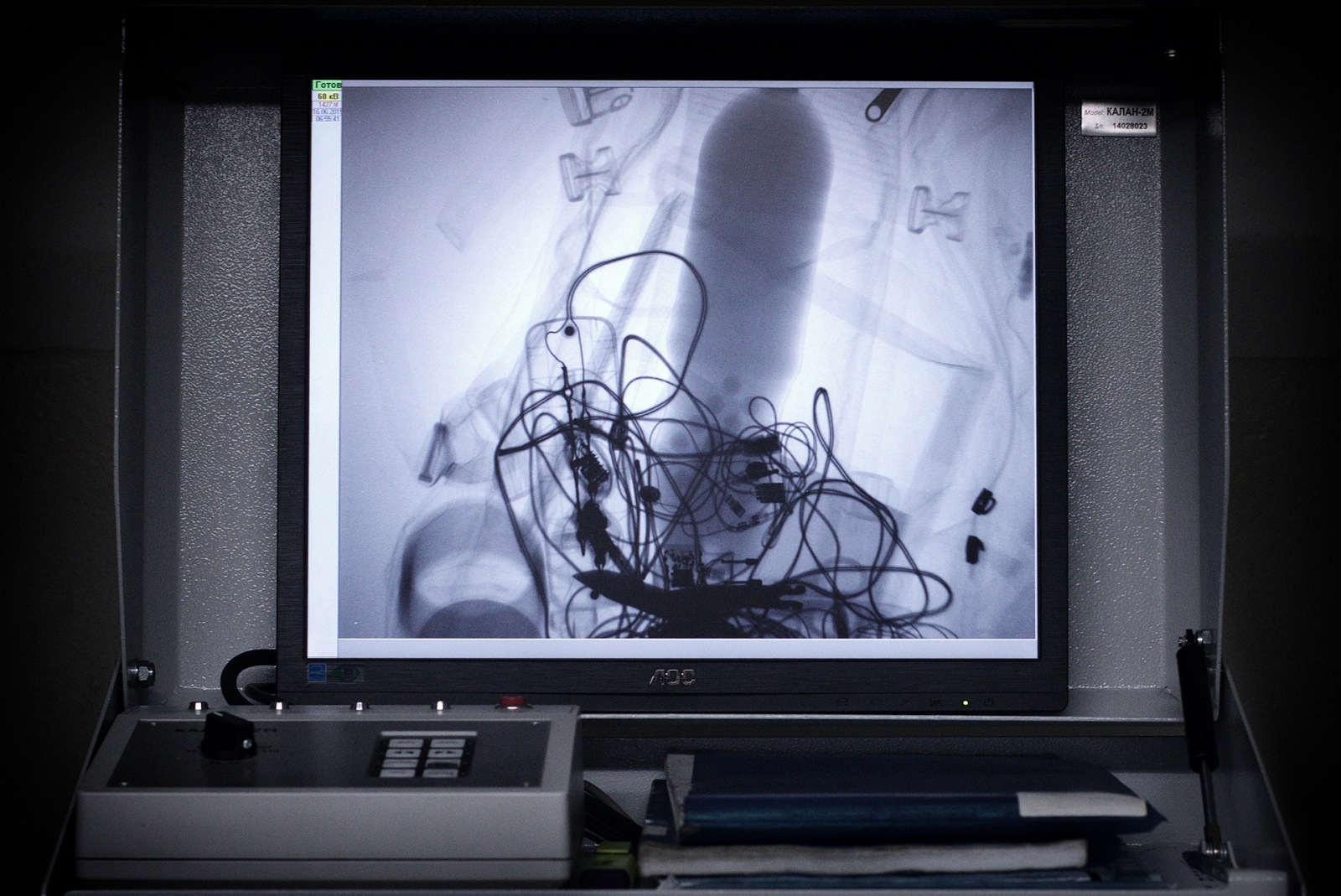
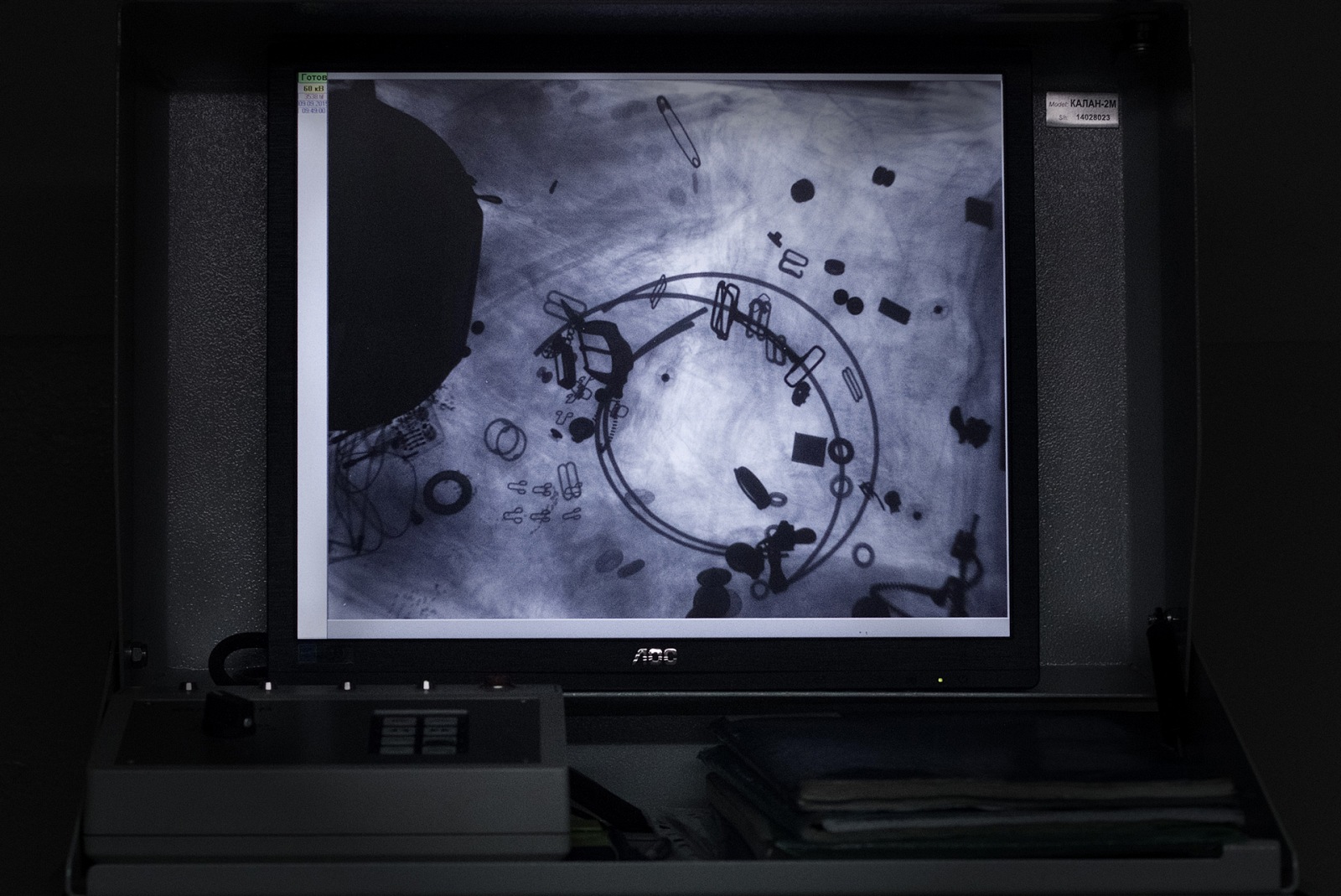



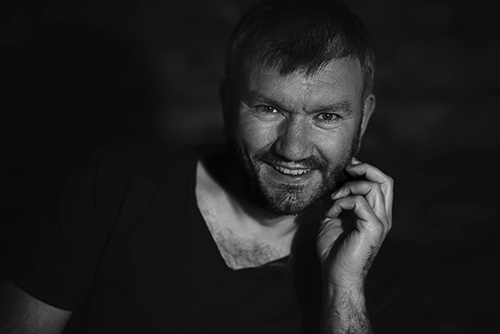 Andrey Semenov - Was born in 1976 in Kostroma in Russia and in 1993 he enrolled at the Kazan State University, attending the Faculty of Computational Mathematics and Cybernetics. In 2006 he moved from Kazan to Moscow and, in 2015, studied photography with Elena Suhoveeva and Victor Hmel (Krasnodar, Russia).
Andrey Semenov - Was born in 1976 in Kostroma in Russia and in 1993 he enrolled at the Kazan State University, attending the Faculty of Computational Mathematics and Cybernetics. In 2006 he moved from Kazan to Moscow and, in 2015, studied photography with Elena Suhoveeva and Victor Hmel (Krasnodar, Russia).